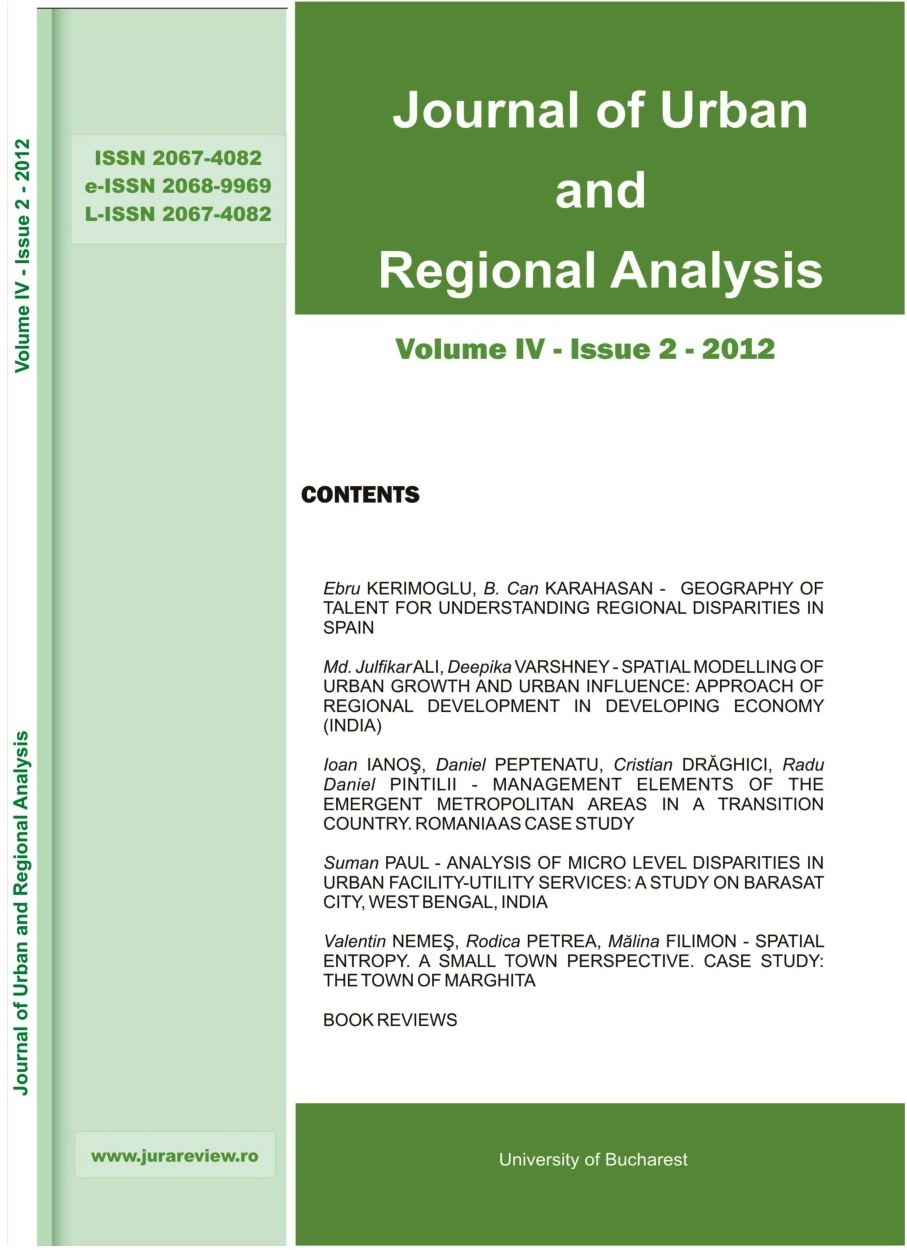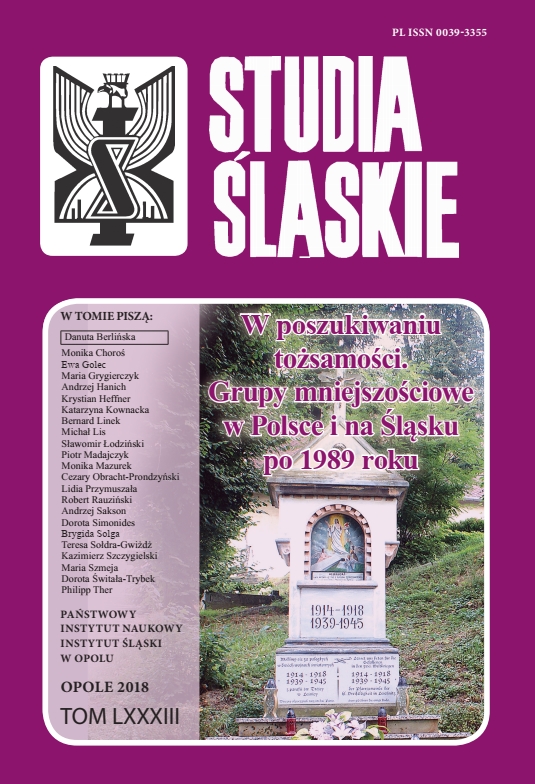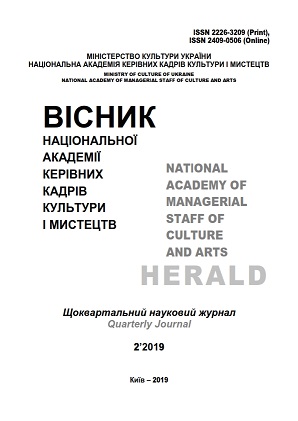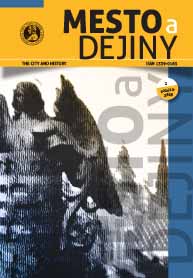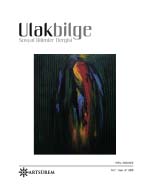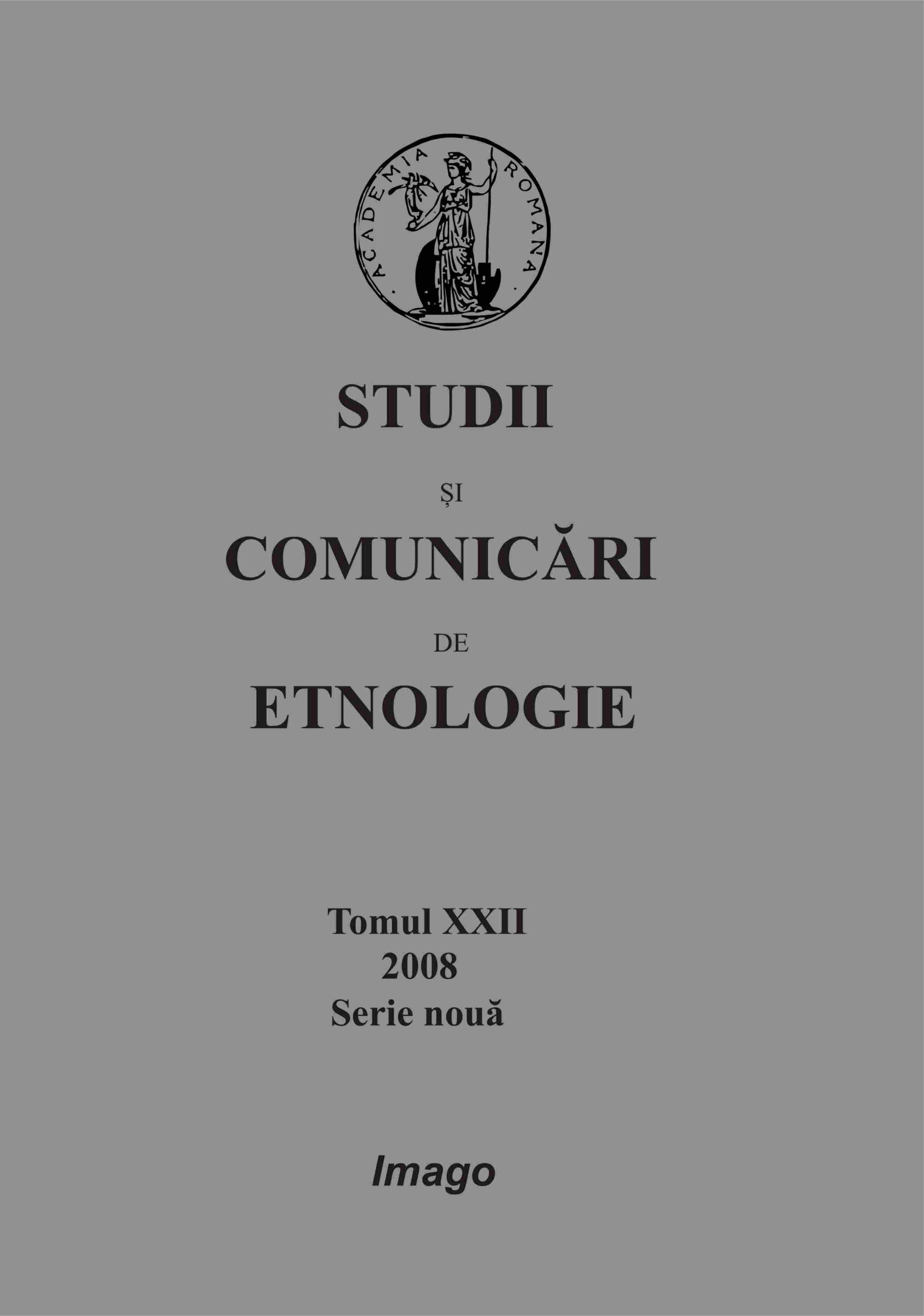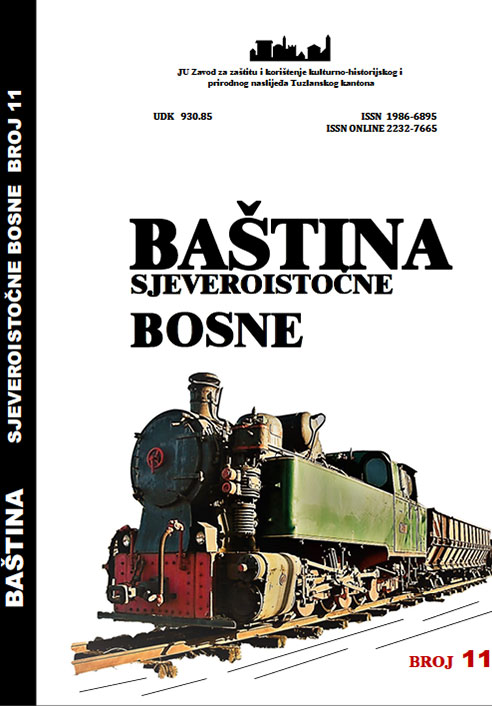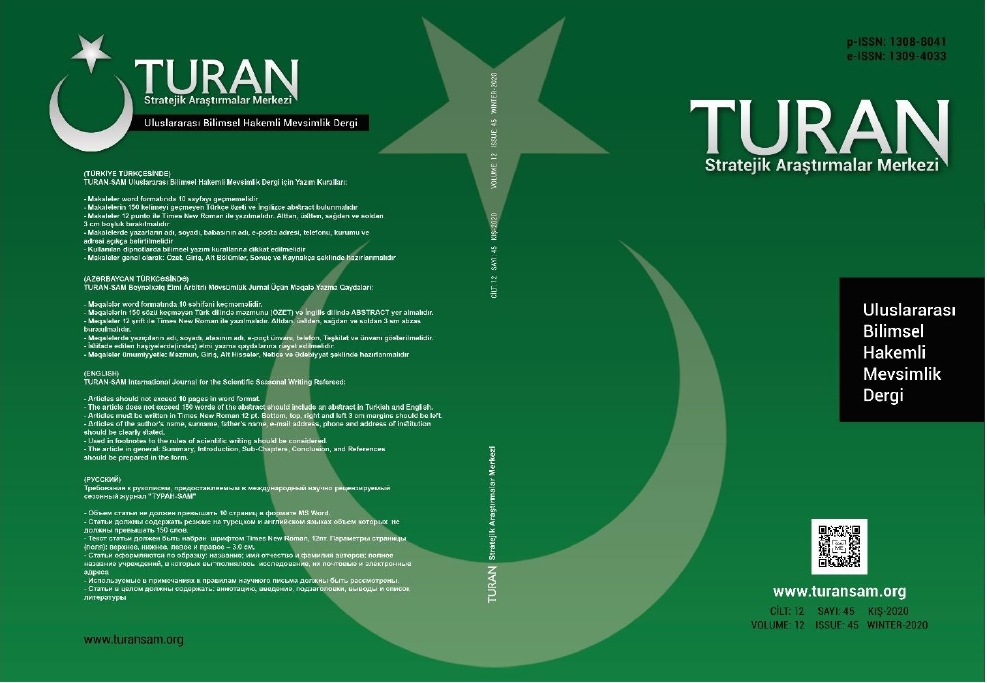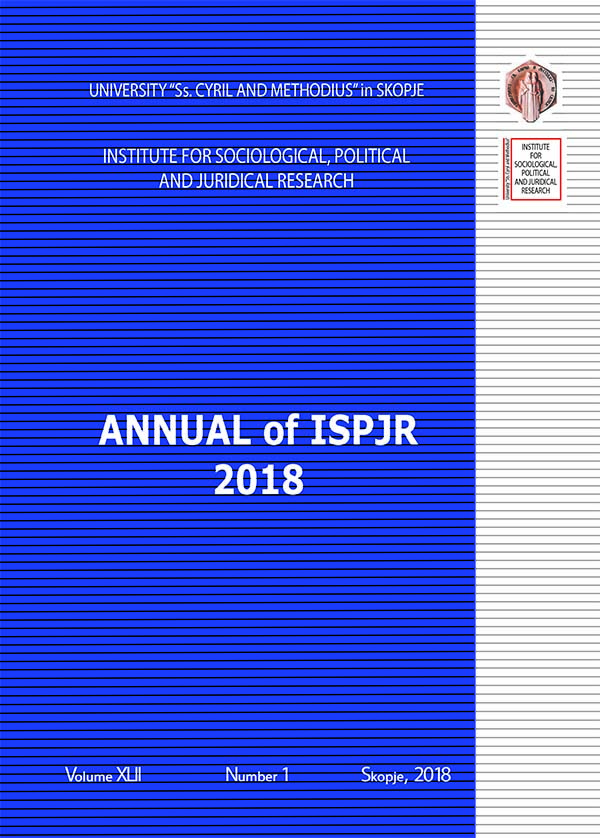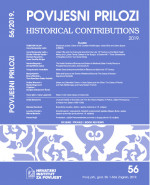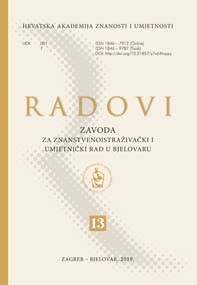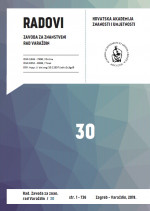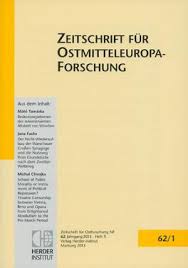Author(s): Oksana Oleksandrivna Sinenko / Language(s): Ukrainian
Issue: 2/2019
The purpose of the article. This article has the main purpose to analyze pop vocal as a specific phenomenon generated by urban culture and way of life of the big city, which implies, accordingly, the rhythmic features of pop performances. The methodology of research is based on an interdisciplinary approach to the pop vocal as an object that exists not only on the stage, it is not isolated, but penetrates into different spheres of life. In addition, pop performance is the background, which due to its accessibility is perceived as a backdrop, not just as an independent phenomenon. Significant role here also belongs to the sociology of music. Scientific novelty of the article is that in this article pop music is considered not only as an isolated phenomenon, the place of deployment of which is a scene. The performance and field of performance of the pop artist is a product of urban cul ture and reflects its rhythm. Accordingly, pop performance is a complex phenomenon that does not exist separated from other cultural patterns, but is a background that accompanies the dynamics of urban processes. Conclusions. Various aspects of pop vocal are studied by scientists in works devoted to different fields of culture. As a cultural phenomenon, pop performance is inappropriate to consider from the point of view of its stage isolation, because it penetrated almost all spheres of life, everyday life of man. Not least this was due to the support of the pop music, which has become like a kind of city ambient, on the part of the media. Thus, pop performance expresses the specifics of the urban way of life. Hence, such essential characteristics of pop vocal as the frequency of changes in the rhythm of songs and the sound of the performer’s voice, the lack of stable norms and rules, the combination of achievements of different layers of culture (both academic and folk based on folk-based basis), standardization and an attempt to develop their own style and manner of execution, variety of subjects, accessibility for any listening audience, dynamism, unity. It is also possible to characterize the very urban culture. Variety performance is nothing more than a “rhetoric of steps”.
More...
